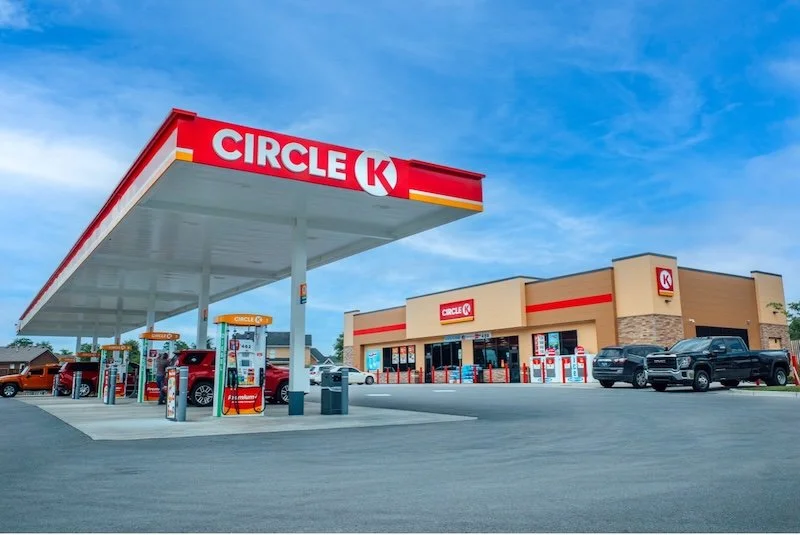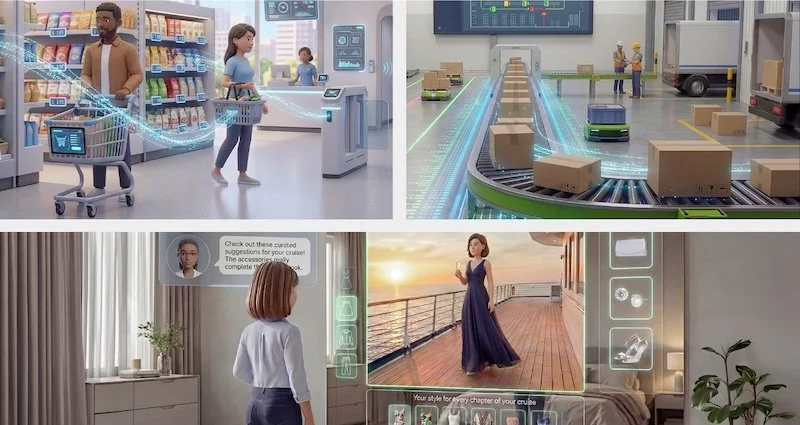Employing innovative technology to address common parking problems
Parking is often a source of frustration and anxiety for drivers, whether they are looking for a spot to park in a crowded city or trying to find their vehicle in a large lot.
US motorists waste $345 per vehicle annually in wasted time, fuel, and pollution looking for parking space.
However, with the use of innovative technology, such as a parking management system, these problems can be addressed.
This software provides a comprehensive solution that helps drivers quickly find available parking spots, simplifies the payment process, and reduces the time it takes to locate a vehicle.
It also offers a variety of features and tools that help manage parking operations more efficiently, such as tracking occupancy levels, creating reservations for customers, and generating revenue reports.
By taking advantage of such technology, drivers can enjoy a smooth parking experience, and businesses can benefit from improved customer satisfaction and increased profits.
Ready to reap these advantages off of a parking lot management system? This guide explains what a parking management system is, and what common parking problems it addresses.
So, let’s get right into it.
Parking lot management system
A parking lot management system is an IT-based innovative technology that helps businesses manage their parking operations.
It helps managers to create a comprehensive parking inventory, manage their customers and staff, ensure safety within the parking area, better utilize the parking spaces, generate reports, keep insurance costs down, and much more.
This software solution typically includes the following components:
Asset tracking: helps managers track their parking assets, such as parking spaces, parking lots, and shuttle vehicles, to ensure efficient utilization.
Parking availability: helps managers track real-time parking availability to meet customer demand.
Parking rules and regulations: helps manage parking rules and regulations to ensure compliance and promote customer safety.
Parking payment and enforcement: helps manage parking payment and enforcement to improve customer experience and increase revenue.
Eight common parking problems addressed by parking lot management system
1. Difficulty finding a parking spot
When drivers are looking for parking spots, they may not know where the closest available one is located, or they may be pressed for time and want to get to their destination as quickly as possible.
By using parking management software, businesses can provide real-time information on the availability of parking stalls, helping drivers find open spots faster.
They can also use the software to send drivers directions to the nearest available parking stall.
This way, drivers can avoid driving around in circles and wasting time trying to find a spot, especially if they are in a hurry.
Managing real-time data on parking stall availability enables managers to increase their capacity utilisation.
This helps reduce the time drivers spend driving around looking for a spot and increase the likelihood that they will use the business’s parking services again.
2. Long lines and wait times
Drivers may have to wait in long lines to exit parking lots if the payment process is manual, as cashiers may have difficulty keeping up with demand.
In contrast, parking management software lets customers create accounts and pay remotely, which means motorists don’t have to wait and can make quick exits from lots.
The software also helps managers to set up special rates for carpooling customers, which encourages people to carpool and reduces wait times by allowing groups to exit the lot together.
Long lines also occur if parking lots are understaffed. When this happens, cashiers may need more time to process payments and customers may become frustrated and leave without paying.
Using parking management software helps businesses reduce the likelihood that customers will be inconvenienced by long lines.
3. Pollution
74% of transport CO2 emissions come from road vehicles. So, if more vehicles are on the road, the emission will be greater.
Annually, people spend 17 hours looking for a spot to park their vehicle. During these hours, they are adding up their vehicle’s contribution in global emissions only because they can’t find a place to park.
With the use of innovative technology, however, they can take control over it by lessening the time they roam around the places looking for parking.
The system lets the users know a free spot where they can directly come and park, without having to look for the parking spot here and there.
This reduces their time on the road. As a result, the pollution can be controlled.
4. Unclear parking regulations
Parking regulations can be unclear, particularly in parking garages, where signs may be difficult to read or may not be visible to all customers.
This leads to confusion among motorists and complicates the payment process.
By using parking management software, businesses can ensure their parking regulations are clearly communicated to customers through their mobile apps.
Customers can view the parking rates, the operating hours, and any applicable discounts before beginning their trips, which helps them avoid confusion and uncertainty.
Unclear parking regulations can also lead to customers receiving parking citations. By emphasising the most important rules in the app, such as the hours during which parking is allowed, managers can help reduce the likelihood that customers will be ticketed.
5. Security
Parking management software helps businesses protect their assets by collecting data on vehicle movement and movement patterns.
This helps identify anomalies, such as when a vehicle is driven by someone other than the owner, and leads to investigations and the discovery of fraudulent activity.
The software can also be used to send alerts and notifications when unusual activity occurs, such as if someone is trying to break into a vehicle without keys.
So, with the use of this innovative technology, businesses can respond quickly to threats and prevent them from escalating.
6. Fair pricing
A drawback of traditional parking management is standard pricing. With a traditional system in place, the motorists are charged for a span of time, such as hours or days, and not for the actual time they parked.
It’s practically difficult to track the exact time of a parked car and then make motorists pay for that. That’s why the traditional system only supports standard pricing, issuing a one hour or one day prepaid permit.
However, with the use of innovative technology, the exact parking time can be tracked and the fair pricing model can be introduced.
The motorists won’t have to pay for the time they wouldn’t use. As they would save their payment details in the system, they’ll be charged for the exact time they park the vehicle.
7. Limited payment options
Some businesses only offer payment types that may be inconvenient to some drivers.
For example, some businesses only accept cash payment. This can be frustrating for drivers who don’t want to carry around cash or don’t want to wait in line to exchange their cash for a parking pass.
By integrating with mPOS devices, parking management systems can help businesses accept additional payment types, such as credit and debit cards.
These devices can be installed at the front counter or placed inside the payment box to accept credit card payments.
This increases the number of payment options available to drivers, while also helping businesses reduce the amount of cash they need to keep on hand.
Also, the parking management system can help facilitate digital payments. The motorists will have to pay on their online accounts via multiple payment options such as debit and credit card, bank transfer, PayPal, etc.
8. Access control
To increase the efficiency of parking operations and help improve safety, a parking management system can control access to the parking lots.
The system can be integrated with an access control system, which can control who is allowed to enter a parking lot.
For example, the parking management system can be programmed to only allow drivers who have an active reservation or those who are picking up passengers to enter the lot.
It can also be programmed to lock out certain individuals from entering the parking lot, such as people who have been found guilty of violating the rules.
When a vehicle enters the parking lot, the software verifies whether the driver is allowed to access the lot by checking the car’s license plate against the access control system.
If a vehicle is not permitted to enter the lot, the system sends an alert to the relevant personnel, such as security personnel or parking attendants.
Addressing common parking problems by employing innovative technology
Parking is stressful. From difficulty finding a parking spot to limited payment options, there are numerous common parking problems that we face everyday as mentioned in this article.
Luckily, with the help of innovative technology - parking lot management system - many of these problems can be addressed.
From saving time, fuel, environment to keeping motorists delighted, employing this innovative technology has a lot of advantages.
Author’s bio:
Saifullah Napar is a content writer who has worked in this field for the past three years. He writes about business technology, blockchain, FinTech, and digital marketing topics. (LinkedIn)



















Continue reading…